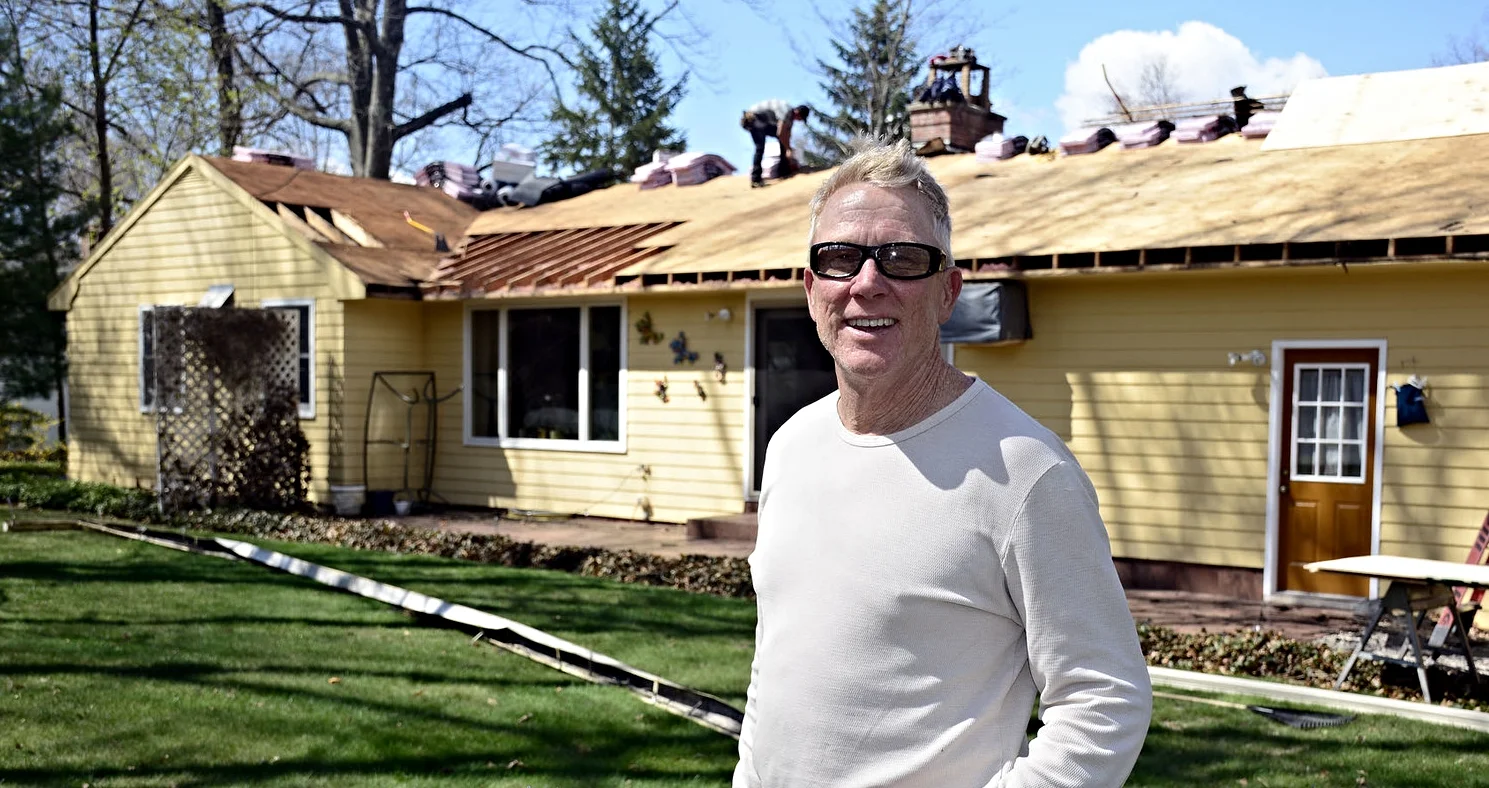Your Winter Water Heater Tune-Up Guide
Chelsea O'Donnell
Your Winter Water Heater Tune-Up Guide
When the cold creeps in and the snow starts to pile up, there’s nothing worse than realizing your hot shower just turned into an arctic plunge. Winter is hard enough without water heater problems and the good news is, a little preventative maintenance now can save you from a mid-January cold-water crisis later. Here are a few easy, DIY-friendly steps to keep your water heater running efficiently all season long.
1. Give It a Little Elbow Room
Your water heater works best when it can breathe. Head down to the basement and make sure there’s at least two feet of clearance around the unit. Over time, storage boxes, paint cans, or the kids’ old hockey gear tend to creep closer. Clear that space so air can circulate and you have easy access for inspection and maintenance.
2. Check the Temperature Setting
If you’ve never looked at your water heater’s thermostat, now’s the time. Set it to 120°F - that’s the sweet spot for most homes. Any higher and you risk scalding (especially if you have little ones), plus you’ll waste energy heating water hotter than you need. Any lower and you might invite bacteria to grow. It’s a quick twist of a dial that can make a big difference in comfort and safety.
3. Flush Out Sediment (It’s Easier Than It Sounds)
Connecticut’s water tends to be mineral-rich, which means sediment can build up in the tank over time. That layer of grit forces your heater to work harder and can even make popping or rumbling noises. To flush it:
Turn off the power (or gas supply).
Attach a garden hose to the drain valve at the bottom.
Run the other end to a floor drain or outside.
Open the valve and let the tank drain until clear.
If it’s been years since your last flush, you may need to repeat the process. This simple step can extend the life of your heater and improve efficiency. Just make sure you close the valve tightly when you’re done.
4. Insulate for Efficiency
Your hot water heater loses heat through its tank and pipes, especially if it lives in a chilly basement. Wrapping it in an insulating blanket (available at any hardware store) can help retain warmth, meaning your system doesn’t have to work as hard.
Also insulate the first six feet of hot and cold water pipes coming from the tank. Foam pipe sleeves are inexpensive and take just minutes to install. It’s one of those small upgrades that pays for itself fast in energy savings.
5. Test the Pressure Relief Valve
This valve is a key safety feature that releases pressure if the tank gets too hot. To test it, place a bucket under the discharge pipe, then lift the valve’s lever gently. You should hear water or air escape briefly. If nothing happens, or it leaks afterward, it’s time to replace the valve. Don’t skip this one; it’s a simple check that can prevent dangerous pressure buildup.
6. Mind the Anode Rod
Your water heater’s anode rod is like a sacrificial hero - it attracts corrosive minerals so your tank doesn’t rust. But it wears out over time. Every few years, check it by unscrewing the hex head at the top of the tank (you might need a socket wrench). If the rod looks thin or coated in calcium, replace it. It’s a $20 part that can add years to your heater’s life.
7. Keep an Eye Out for Trouble Signs
Rusty water, strange noises, or puddles around the base of your heater are all warning flags. A little condensation on cold days is normal but leaks are not. If you see rust or corrosion near fittings, or your water takes longer to heat up, call in a professional before winter really sets in.
8. Know When to Call the Pros
While most of these steps are DIY-friendly, there are times to tag in an expert. If you smell gas, see scorch marks, or aren’t comfortable handling electrical or plumbing components, stop and call a licensed technician. It’s always better (and cheaper) to fix a small issue early than replace the whole system later.
9. Bonus: Plan Ahead for Replacement
If your water heater is over 10 years old, start budgeting for a replacement. Even a well-maintained tank won’t last forever, and Connecticut’s freezing winters are not kind to aging systems. Newer models are more energy-efficient and often eligible for utility rebates, so upgrading might save you more than you think.
A little attention now keeps the hot water flowing and your winter mornings comfortable. Whether it’s flushing out sediment, tightening valves, or adding insulation, these small steps add up to big peace of mind.
Bob O’Donnell is the owner of O’Donnell Bros. Inc., a Bristol-based home improvement company established in 1975. Email your questions for Bob to info@odonnellbros.com with the subject line “Ask the Pro.” All questions may be considered for publication. To contact Bob for your remodeling needs, call O’Donnell Bros. Inc. at (860) 589-5155 or visit www.odonnellbros.com. Advice is for guidance only.
